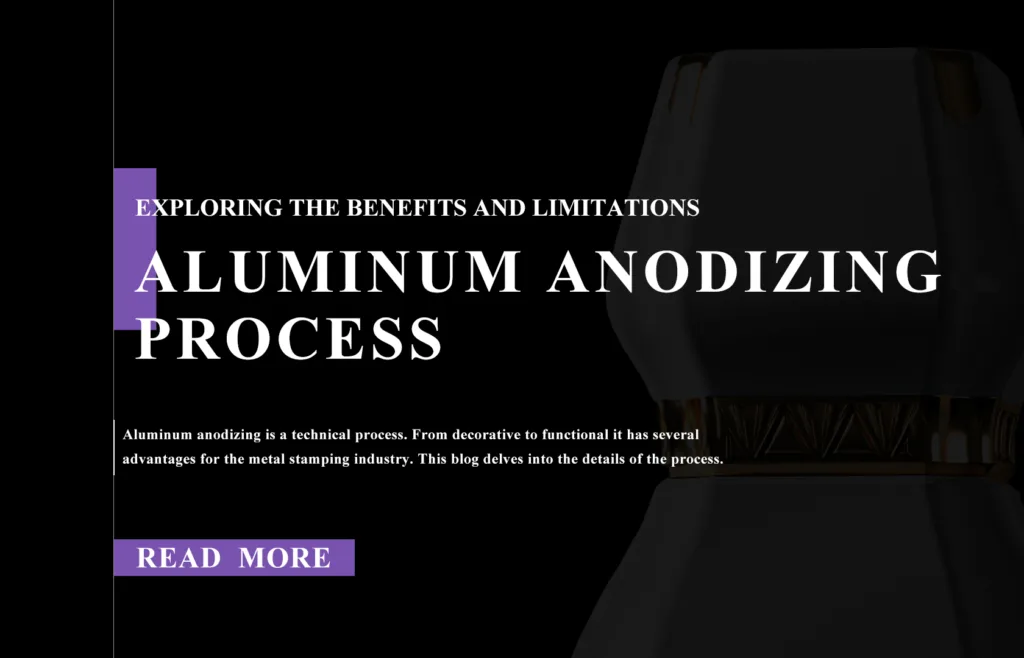Glass bottles stand as symbols of quality and resilience. In the third part of our Glass Bottle Testing Series, we delve into specialized testing procedures.
These methods, including adhesive quality evaluation, high/low-temperature cycling tests, vibration testing, and more, are pivotal in ensuring glass bottle durability and integrity.
You’ll gain mastery in assessing glass bottle resilience, understanding factors like adhesive quality and temperature variations.
Tape Testing for Glass Bottle Durability
Glass bottles undergo rigorous manufacturing and handling processes. Ensuring that labels and coatings stay securely attached is crucial to their quality. This is where Tape Testing comes in—a vital step in assessing glass bottle durability.
What is Tape Testing?
ape Testing checks if labels, coatings, or other surface treatments on glass bottles are firmly attached. It ensures that they won’t peel off during transportation or everyday use. This test helps guarantee the bottle’s reliability.
How Does It Work?
In Tape Testing, standard tape is carefully applied to the bottle’s surface. After a set period, the tape is removed, and experts examine it and the bottle. They check if the adhesive bond remains strong and if the surface treatments meet quality standards.
Why is It Important?
Glass bottles can face tough conditions during production and distribution. Tape Testing helps manufacturers confirm that labels and coatings will stay put, even when bottles encounter temperature changes or vibrations. This ensures the bottle’s integrity, preventing potential issues like label peeling or damage.
In summary, Tape Testing is a fundamental quality check for glass bottle durability. It ensures that labels and coatings stay secure, enhancing the bottle’s appearance and reliability. Understanding this process is essential for maintaining the high quality of glass bottles.
High/Low-Temperature Cycling Test: Ensuring Glass Bottle Resilience
Glass bottles, known for their elegance and utility, must endure various temperature conditions throughout their lifecycle. The High/Low-Temperature Cycling Test assesses a bottle’s ability to withstand extreme temperature fluctuations, ensuring its resilience and durability.
Role and Purpose
This test simulates real-world temperature challenges bottles may face during production, transportation, and usage. It identifies potential weaknesses in a bottle’s structure or design, confirming its ability to endure extreme temperatures without compromising integrity or contents’ safety.
Testing Procedure
During this test, glass bottles undergo cycles of rapid heating and cooling. Experts monitor bottles closely for stress, distortion, or damage. This evaluation allows manufacturers to make necessary design improvements.
Significance
The ability to withstand temperature fluctuations is crucial for glass bottles, especially those used for beverages, cosmetics, or pharmaceuticals. Customers expect their products to remain intact and safe regardless of environmental conditions. The High/Low-Temperature Cycling Test ensures that glass bottles meet these expectations.
Vibration Testing: Glass Bottle Resilience During Transportation
Glass bottles must endure rigorous transportation conditions to protect their contents and maintain their structural integrity.
Vibration Testing plays a critical role in evaluating how bottles fare during shipping and distribution.
This test ensures that glass bottles can withstand mechanical stresses, vibrations, and shocks and arrive at their destination safely.
Role and Purpose
Vibration Testing serves to replicate the vibrations and shocks that glass bottles experience throughout their journey in the supply chain.
By subjecting bottles to controlled vibrations and varying frequencies, this test helps manufacturers assess the bottle’s design and packaging effectiveness.
It identifies potential weaknesses and ensures the bottle’s resilience during transportation.
Testing Procedure
During Vibration Testing, glass bottles are securely placed on vibration tables or within vibration chambers.
These machines generate controlled vibrations and simulate various transportation conditions, such as road bumps, handling, and rough terrain.
Highly sensitive instruments are used to monitor the bottles for any signs of stress, damage, or compromised packaging.
Significance
In industries like beverages, fragrances, or pharmaceuticals, maintaining the structural integrity of glass bottles during transportation is crucial.
Customers expect products to arrive undamaged and safe for use. Vibration Testing assures that glass bottles meet these expectations and can endure the rigors of the supply chain.
Specialized Glass Bottle Evaluation
As we move beyond the foundational tests, our journey into glass bottle assessment continues with specialized procedures. Join us in the next section as we examine Helium Leak Testing, Top Load Testing, and the Squeeze Test, unveiling the hidden aspects of glass bottle quality.



